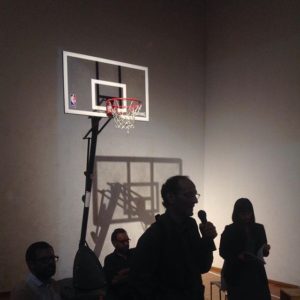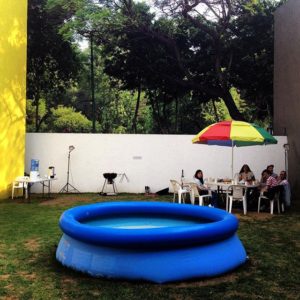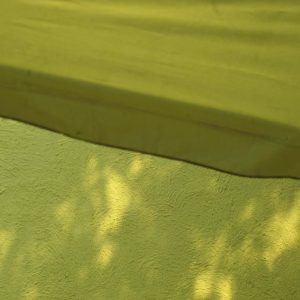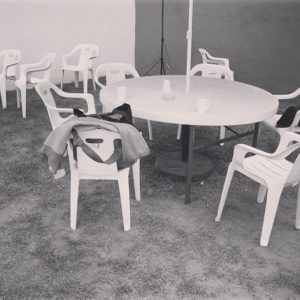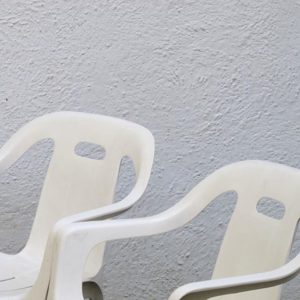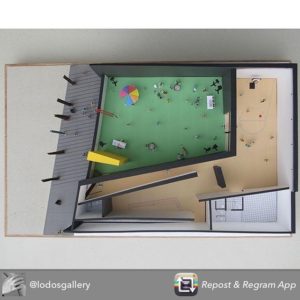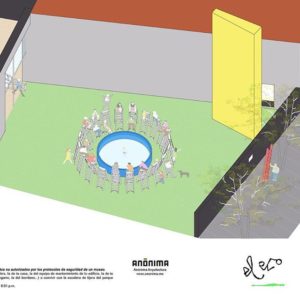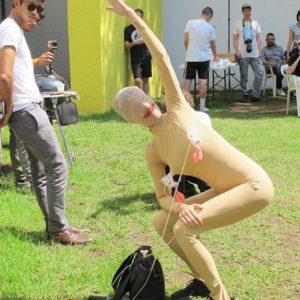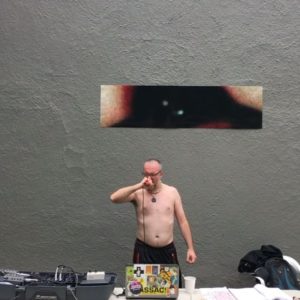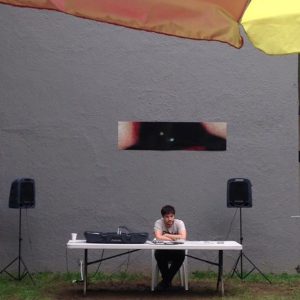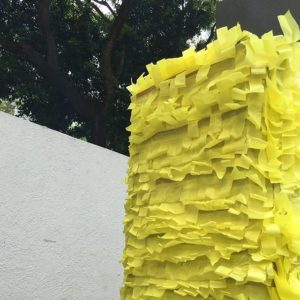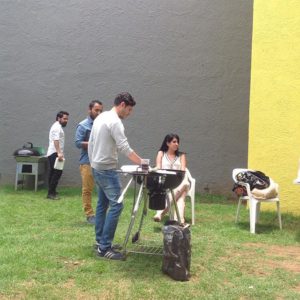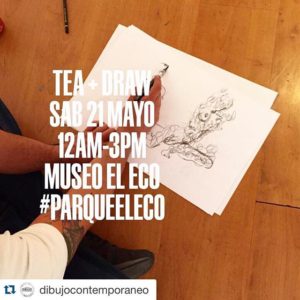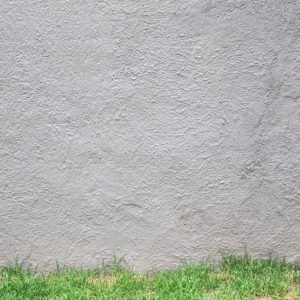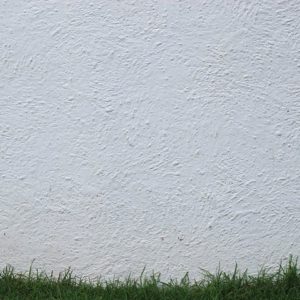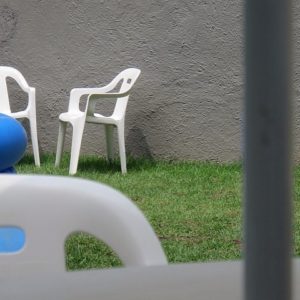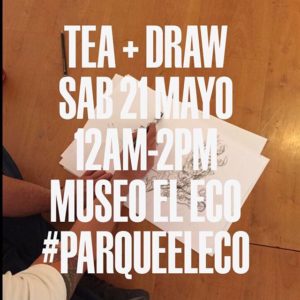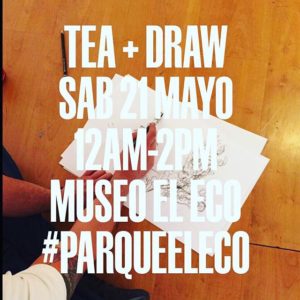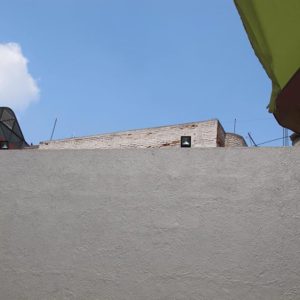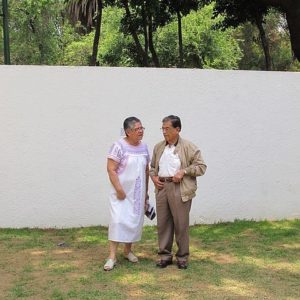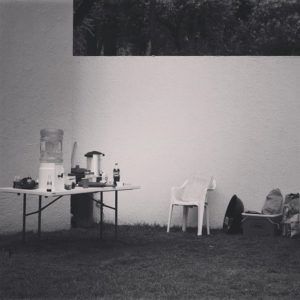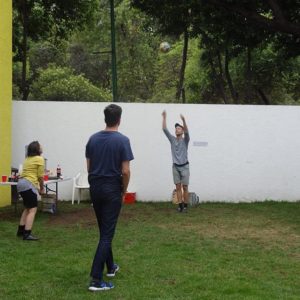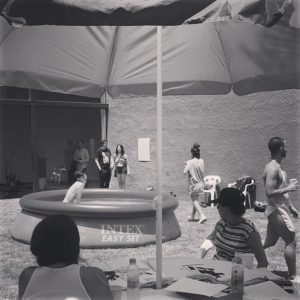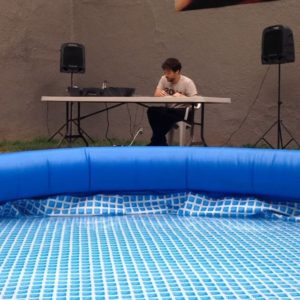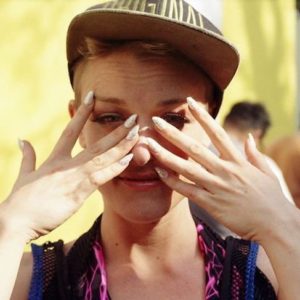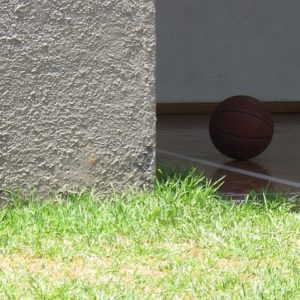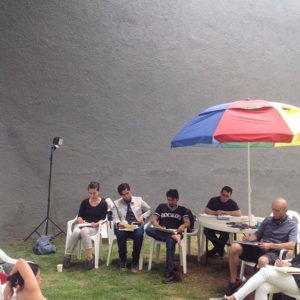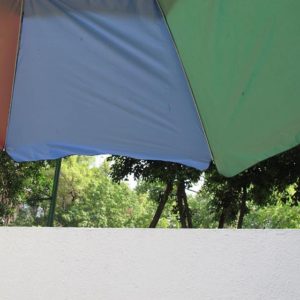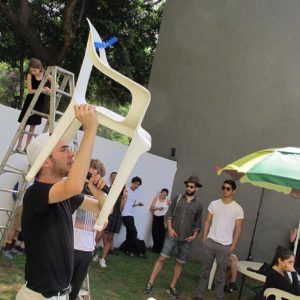The image of external things possesses for us the ambiguous dimension that in external nature everything can be considered to be connected, but also as separated. The uninterrupted transformations of materials as well as energies bring everything into relationship with everything else and make one cosmos out of all the individual elements. On the other hand, however, the objects remain banished in the merciless separation of space; no particle of matter can share its space with another and a real unity of the diverse does not exist in spatial terms. And, by virtue of this equal demand on self-excluding concepts, natural existence seems to resist any application of them at all.
Only to humanity, in contrast to nature, has the right to connect and separate been granted, and in the distinctive manner that one of these activities is always the presupposition of the other. By choosing two items from the undisturbed store of natural things in order to designate them as ‘separate’, we have already related them to one another in our consciousness, we have emphasized these two together against whatever lies between them. And conversely, we can only sense those things to be related which we have previously somehow isolated from one another; things must first be separated from one another in order to be together. Practically as well as logically, it would be meaningless to connect that which was not separated, and indeed that which also remains separated in some sense. The formula according to which both types of activity come together in human undertakings, whether the connectedness or the separation is felt to be what was naturally ordained and the respective alternative is felt to be our task, is something which can guide all our activity. In the immediate as well as the symbolic sense, in the physical as well as the intellectual sense, we are at any moment those who separate the connected or connect the separate.
The people who first built a path between two places performed one of the greatest human achievements. No matter how often they might have gone back and forth between the two and thus connected them subjectively, so to speak, it was only in visibly impressing the path into the surface of the earth that the places were objectively connected. The will to connection had become a shaping of things, a shaping that was available to the will at every repetition, without still being dependent on its frequency or rarity. Path building, one could say, is a specifically human achievement; the animal too continuously overcomes a separation and often in the cleverest and most ingenious ways, but its beginning and end remain unconnected, it does not accomplish the miracle of the road: freezing movement into a solid structure that commences from it and in which it terminates.
This achievement reaches its zenith in the construction of a bridge. Here the human will to connection seems to be confronted not only by the passive resistance of spatial separation but also by the active resistance of a special configuration. By overcoming this obstacle, the bridge symbolizes the extension of our volitional sphere over space. Only for us are the banks of a river not just apart but ‘separated’; if we did not first connect them in our practical thoughts, in our needs and in our fantasy, then the concept of separation would have no meaning. But natural form here approaches this concept as if with a positive intention; here the separation seems imposed between the elements in and of themselves, over which the spirit now prevails, reconciling and uniting.
The bridge becomes an aesthetic value insofar as it accomplishes the connection between what is separated not only in reality and in order to fulfil practical goals, but in making it directly visible. The bridge gives to the eye the same support for connecting the sides of the landscape as it does to the body for practical reality. The mere dynamics of motion, in whose particular reality the ‘purpose’ of the bridge is exhausted, has become something visible and lasting, just as the portrait brings to a halt, as it were, the physical and mental life process in which the reality of humankind takes place and gathers the emotion of that reality, flowing and ebbing away in time, into a single timelessly stable visualization which reality never displays and never can display. The bridge confers an ultimate meaning elevated above all sensuousness, an individual meaning not mediated by any abstract reflection, an appearance that draws the practical purposive meaning of the bridge into itself, and brings it into a visible form in the same way as a work of art does with its ‘object’. Yet the bridge reveals its difference from the work of art, in the fact that despite its synthesis transcending nature, in the end it fits into the image of nature. For the eye it stands in a much closer and much less fortuitous relationship to the banks that it connects than does, say, a house to its earth foundation, which disappears from sight beneath it. People quite generally regard a bridge in a landscape to be a ‘picturesque’ element, because through it the fortuitousness of that which is given by nature is elevated to a unity, which is indeed of a completely intellectual nature. Yet by means of its immediate spatial visibility it does indeed possess precisely that aesthetic value, whose purity art represents when it puts the spiritually gained unity of the merely natural into its island-like ideal enclosedness.
Whereas in the correlation of separateness and unity, the bridge always allows the accent to fall on the latter, and at the same time overcomes the separation of its anchor points that make them visible and measurable, the door represents in a more decisive manner how separating and connecting are only two sides of precisely the same act. The human being who first erected a hut, like the first road-builder, revealed the specifically human capacity over against nature, insofar as he or she cut a portion out of the continuity and infinity of space and arranged this into a particular unity in accordance with a single meaning. A piece of space was thereby brought together and separated from the whole remaining world. By virtue of the fact that the door forms, as it were, a linkage between the space of human beings and everything that remains outside it, it transcends the separation between the inner and the outer. Precisely because it can also be opened, its closure provides the feeling of a stronger isolation against everything outside this space than the mere unstructured wall. The latter is mute, but the door speaks. It is absolutely essential for humanity that it set itself a boundary, but with freedom, that is, in such a way that it can also remove this boundary again, that it can place itself outside it.
The finitude into which we have entered somehow always borders somewhere on the infinitude of physical or metaphysical being. Thus the door becomes the image of the boundary point at which human beings actually always stand or can stand. The finite unity, to which we have connected a part of infinite space designated for us, reconnects it to this latter; in the unity, the bounded and the boundaryless adjoint one another, not in the dead geometric form of a mere separating wall, but rather as the possibility of a permanent interchange—in contrast to the bridge which connects the finite with the finite. Instead, the bridge removes us from this firmness in the act of walking on it and, before we have become inured to it through daily habit, it must have provided the wonderful feeling of floating for a moment between heaven and earth. Whereas the bridge, as the line stretched between two points, prescribes unconditional security and direction, life flows forth out of the door from the limitation of isolated separate existence into the limitlessness of all possible directions.
If the factors of separateness and connectedness meet in the bridge in such a way that the former appears more as the concern of nature and the latter more the concern of humankind, then in the case of the door, both are concentrated more uniformly in human achievement as human achievement. This is the basis for the richer and livelier significance of the door compared to the bridge, which is also revealed in the fact that it makes no difference in meaning in which direction one crosses a bridge, whereas the door displays a complete difference of intention between entering and exiting. This completely distinguishes it from the significance of the window which, as a connection of inner space with the external world, is otherwise related to the door. Yet the teleological emotion with respect to the window is directed almost exclusively from inside to outside: it is there for looking out, not for looking in. It creates the connection between the inner and the outer chronically and continually, as it were, by virtue of its transparency; but the one-sided direction in which this connection runs, just like the limitation upon it to be a path merely for the eye, gives to the window only a part of the deeper and more fundamental significance of the door.
Of course, the particular situation can also emphasize one direction of the latter’s function more than the other. When the masonry openings in Gothic or Romanesque cathedrals gradually taper down to the actual door and one reaches it between rows of semi-columns and figures that approach each other more and more closely, then the significance of these doors is obviously meant to be that of a leading into but not a leading out of somewhere—the latter existing rather as an unfortunately unavoidable accidental property. This structure leads the person entering with certainty and with a gentle, natural compulsion on the right way. (This meaning is extended, as I mention for the sake of analogy here, by the rows of columns between the door and high altar. By perspectivally moving closer together, they point the way, lead us onwards, permit no wavering—which would not be the case if we actually observed the real parallelism of the pillar; for then the end point would display no difference from that of the beginning, there would be no marking to indicate that we must start at the one point and end up at the other. Yet no matter how wonderfully perspective is used here for the inner orientation of the church, it ultimately also lends itself to the opposite effect and allows the row of pillars to direct us to the door with the same narrowing from altar to door as the one that leads us to its main point.) Only that external conical form of the door makes entering in contrast to exiting its completely unambiguous meaning. But this is in fact a totally unique situation which it symbolizes, namely, that the movement of life, which goes equally from inside to outside and from outside to inside, terminates at the church and is replaced by the only direction which is necessary. Life on the earthly plane, however, as at every moment it throws a bridge between the unconnectedness of things, likewise stands in every moment inside or outside the door through which it will lead from its separate existence into the world, or from the world into its separate existence.
The forms that dominate the dynamics of our lives are thus transferred by bridge and door into the fixed permanence of visible creation. They do not support the merely functional and teleological aspect of our movements as tools; rather, in their form it solidifies, as it were, into immediately convincing plasticity. Viewed in terms of the opposing emphases that prevail in their impression, the bridge indicates how humankind unifies the separatedness of merely natural being, and the door how it separates the uniform, continuous unity of natural being. The basis for their distinctive value for the visual arts lies in the general aesthetic significance which they gain through this visualization of something metaphysical, this stabilization of something merely functional. Even though one might also attribute the frequency with which painting employs both to the artistic value of their mere form, there does indeed still exist here that mysterious coincidence with which the purely artistic significance and perfection of an object at the same time always reveals the most exhaustive expression of an actually non-visible spiritual or metaphysical meaning. The purely artistic interest in, say, the human face, only concerned with form and colour, is satisfied in the highest degree when its representation includes the ultimate in inspiration and intellectual characterization.
Because the human being is the connecting creature who must always separate and cannot connect without separating—that is why we must first conceive intellectually of the merely indifferent existence of two river banks as something separated in order to connect them by means of a bridge. And the human being is likewise the bordering creature who has no border. The enclosure of his or her domestic being by the door means, to be sure, that they have separated out a piece from the uninterrupted unity of natural being. But just as the formless limitation takes on a shape, its limitedness finds its significance and dignity only in that which the mobility of the door illustrates: in the possibility at any moment of stepping out of this limitation into freedom.
Georg Simmel




